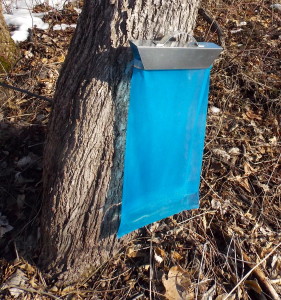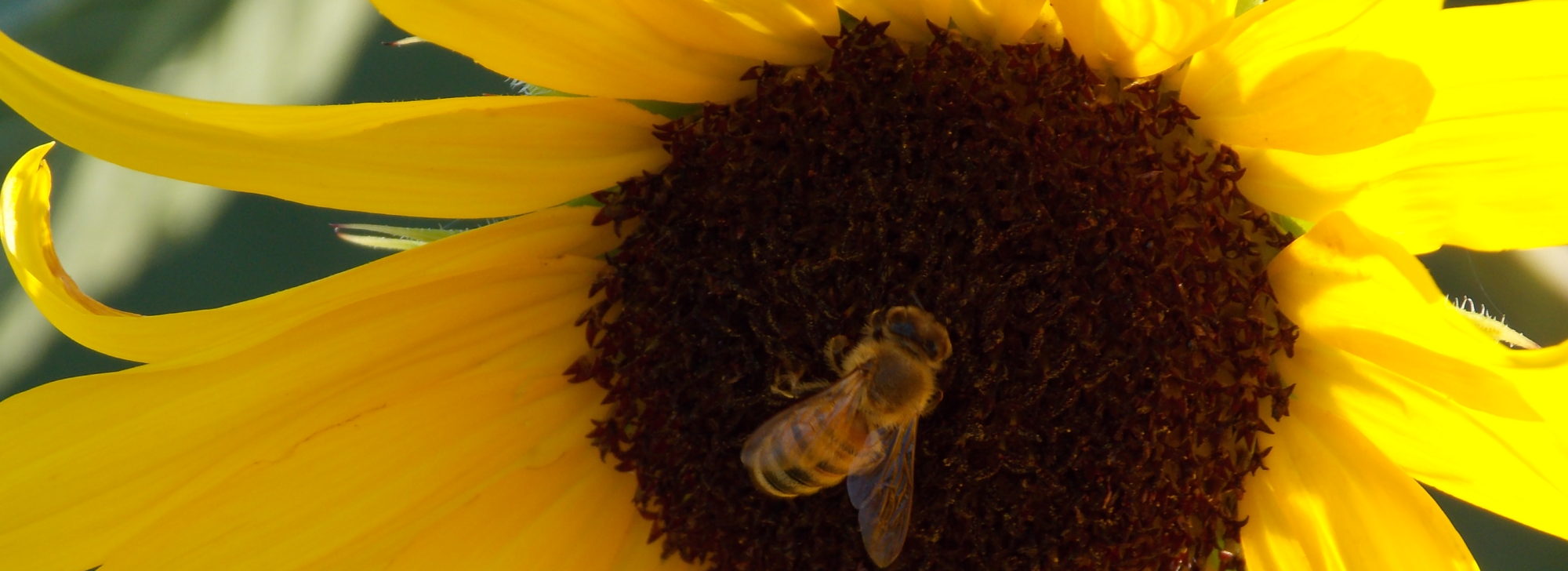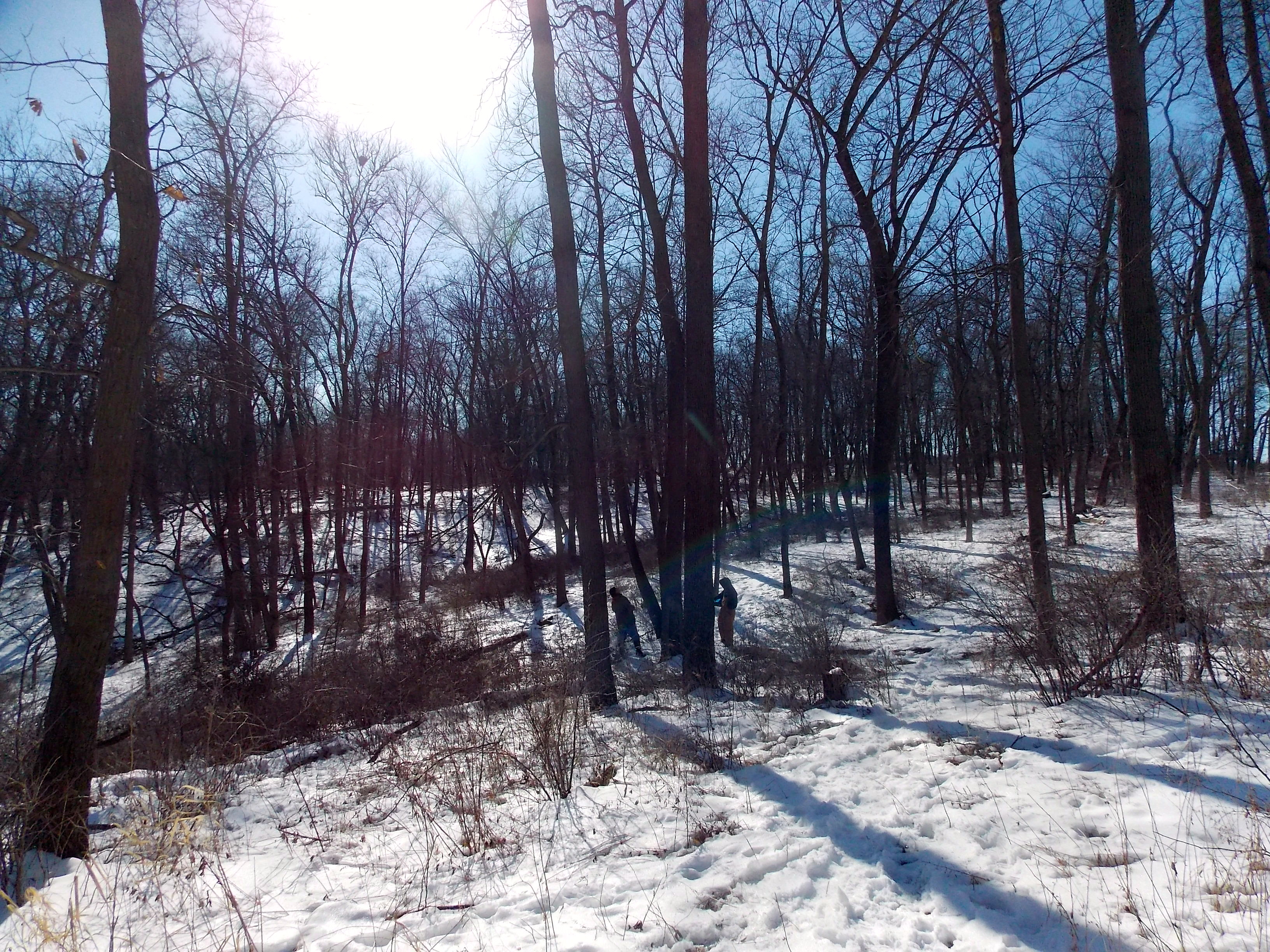Tapping walnut trees!

The local NPR station had a program about tapping trees. Michael Farrell, author of The Sugarmaker's Companion talked about collecting sap from different types of trees. Keith liked the idea of tapping walnut trees and birch trees to make syrup. The Black Walnut trees are abundant in our timber. After reading the book we became interested in the benefits of sap water as a healthful drink, so we're tapping walnut trees.
Keith and our local forester, Jeff marked trees for tapping. Not wanting to ruin marketable timber, or veneer, the two of them selected twenty-six crooked or damaged trees for this first season's experiment.
The trees cover a larger area so tubing wasn't an option. Instead, collection bags hang from the taps. Walnut's have about the same brix (sap sugar content) as maple trees. The volumes of sap is less, though. Walnut sap is nutrient rich, slightly sweet, with a nutty flavor. It's power packed.
In other cultures tree sap is a valued health drink. Fresh sap is good for five days, after that it needs pasteurization and filtering. It will last indefinitely when it's frozen. To get the benefits throughout the year I'm freezing it in ice-cube trays and glass jars for later use.
Depending on how much sap we collect there might be enough to make walnut syrup, but with a sap to syrup ratio of 40:1, we'll see.
The sap runs for only about five-weeks each spring. Tapping walnut trees is just like tapping maple trees, walnut trees leaf out later than maples so the season might extend longer. When the walnut sap finishes flowing the birch trees are ready to tap. Birch flow starts later in the spring and runs until the trees leaf out.
Sugaring is a great way to enjoy the outdoors and spend time together.


